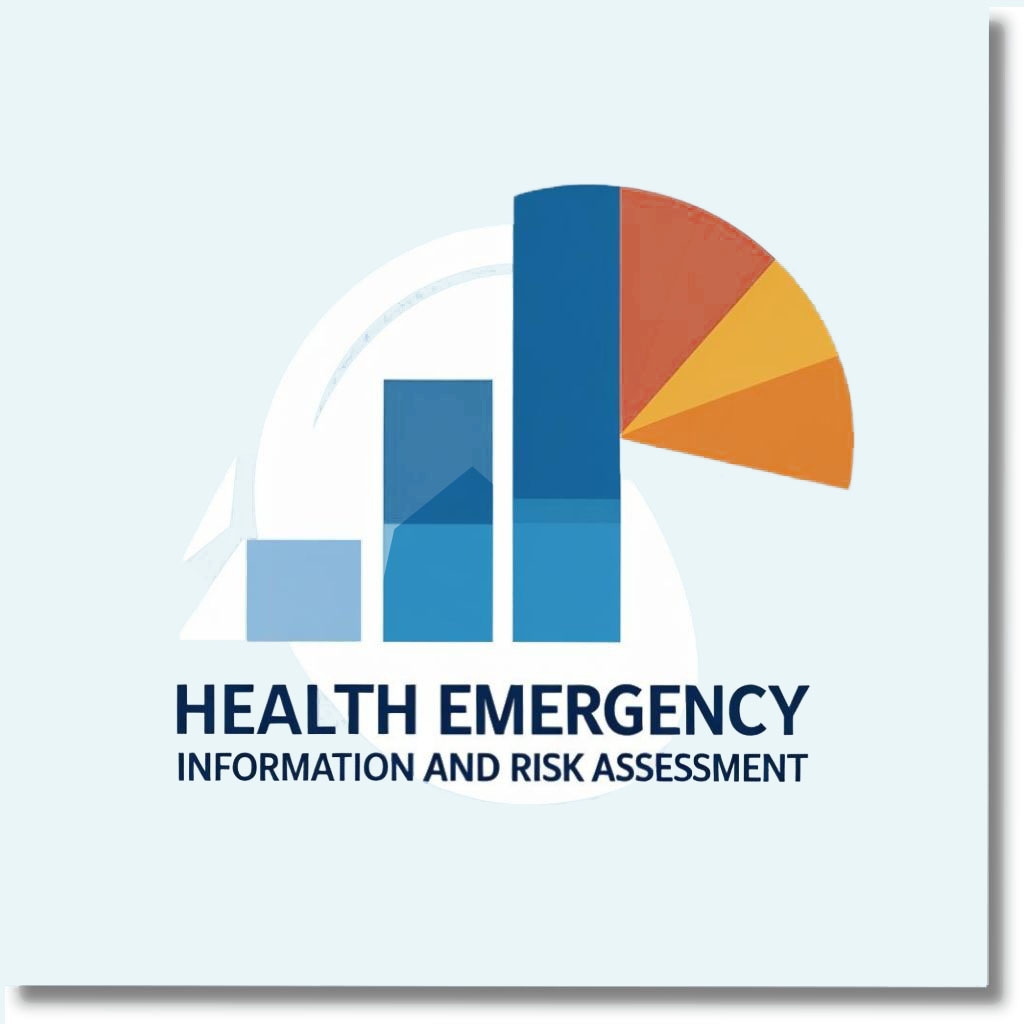
Highlights
Disease Outbreak News (DONs)
What We Do

WHO Health Emergencies
South-East Asia Region
Thai Red Cross Emerging Infectious Diseases - Health Science Centre/ WHO Collaborating Centre for Research and Training on Viral Zoonoses
Publications
All →WHO South-East Asia Regional Strategy for the prevention and control of Nipah virus...
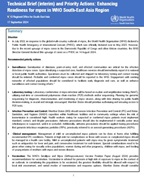
Technical Brief (interim) and Priority Actions: Enhancing Readiness for mpox in WHO...
The World Health organization (WHO) South-East Asia Regional Health Emergency Workforce (HEW) Strategy 2025–2030 is a regional response to the urgent...
Joint external evaluation of the International Health Regulations (2005) core capacities of Bangladesh:...
Eight years after completing its first Joint External Evaluation (JEE) in 2016, Bangladesh remains at the forefront of demonstrating strong leadership...
Seventeenth Biregional Meeting of National Influenza Centres and Influenza Surveillance in WHO’s South-East...
To ensure better and holistic preparedness for the next pandemic, the 17th biregional meeting of NICs and influenza surveillance brought together key stakeholders...
Informing Public Health Decision-Making with Multisource Collaborative Surveillance: A Step-by-Step Approach
Managing health security threats require critical decision-making despite many uncertainties. One of the key lessons learned from the COVID-19 pandemic...
Influenza – a global public health problemInfluenza is an important cause of global morbidity and mortality, resulting in an estimated 3–5...
In line with these objectives, the 2023 Regional PRET Meeting, held alongside the annual PIP Meeting, recommended conducting a simulation exercise in...
Training on influenza data management, analysis and pandemic influenza severity assessment, Jakarta,...
In line with the Global Influenza Strategy (2019–2030) and recommendations from the 14th Bi-Regional meeting of surveillance and National Influenza...
Regional Roadmap to Advance Field Epidemiology Capacities in the WHO South-East Asia Region 2025–2029
Among the lessons from the COVID-19 pandemic, many Member States expressed the crucial importance of the field epidemiology workforce as key components...

Since 2014 Member States of the WHO South-East Asia Region have strengthened emergency risk management as one of the Region’s Flagship Priority...
Invisible: The Rohingyas, the crisis, the people and their health
A mass movement of the Rohingya people started on 25th August 2017 from the Rakhine state of Myanmar to Cox’s Bazar district of Bangladesh. This...
Roots for resilience
The aims of the publication are three-fold. It provides a solid base for quantifying risks by defining methodologies with existing tools and data sets....
On 25 April 2015 at 11:56 NST, with a mighty shudder, the earth released the pent-up seismic energy trapped within in the form of an earthquake that lasted...
Building for Change
Good practices in Health Emergencies in South-East Asia
Guidelines
Emergency response framework (ERF), Edition 2.1
The ERF provides WHO staff with essential guidance on how the Organization manages the assessment, grading and response to public health events and emergencies...
Joint external evaluation tool: International Health Regulations (2005) - third edition
The first edition of the WHO Joint External Evaluation (JEE) tool was published in February 2016 followed by the second edition of the tool that...
Emerging infectious diseases (EIDs) are serious public health threats, globally as well as in the WHO South-East Asia Region. An emerging infectious...
International Health Regulations (2005) – Third edition
The International Health Regulations (2005) (IHR) provide the international legal framework for the prevention and response to the international spread...
Multimedia
Partnership and Donor Information
Events
Social Media/Tweets
Social Media/Facebook
Contact Us
World Health Organization
Regional Office for South-East Asia
Email: searwhe@who.int

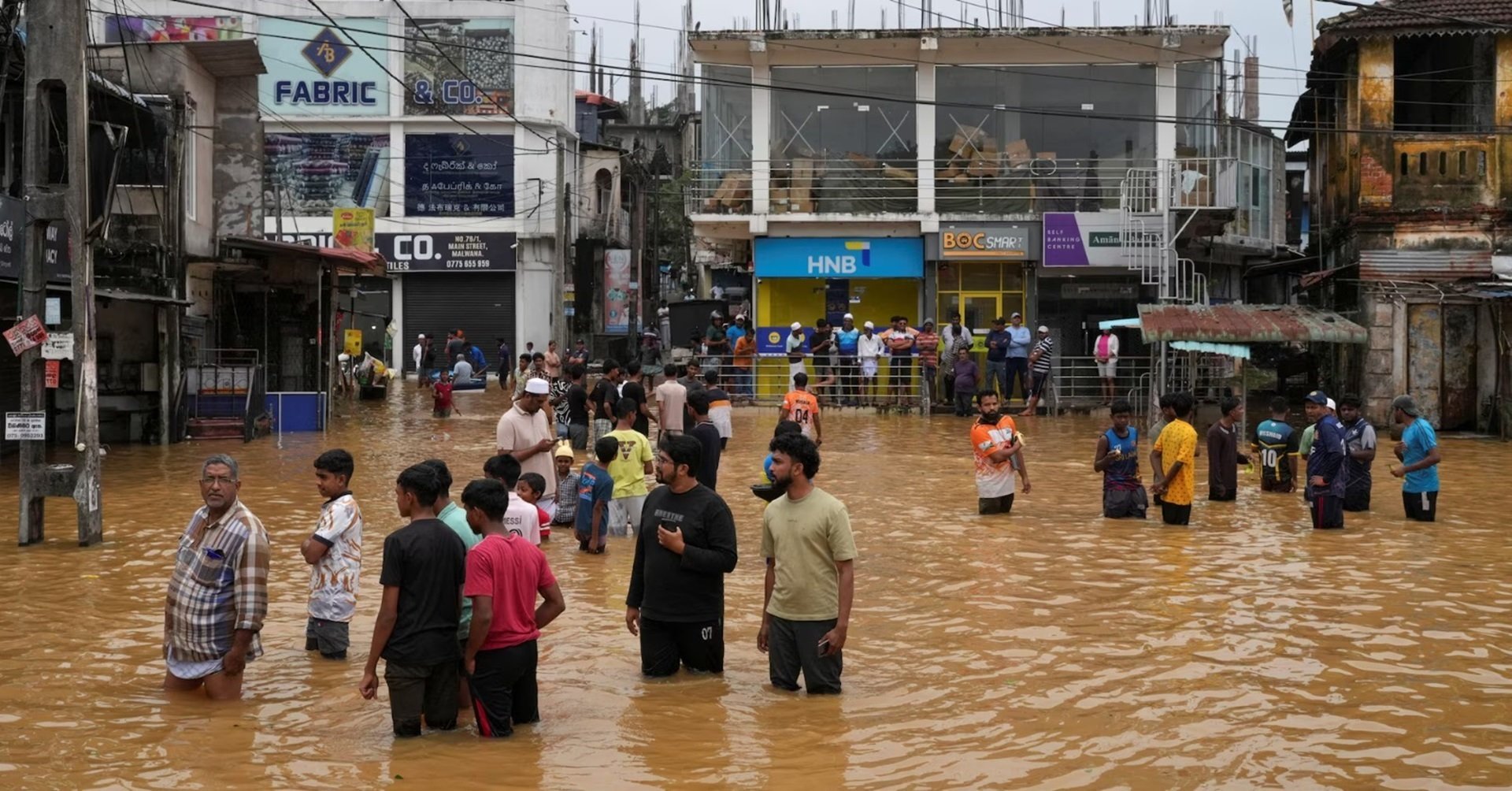
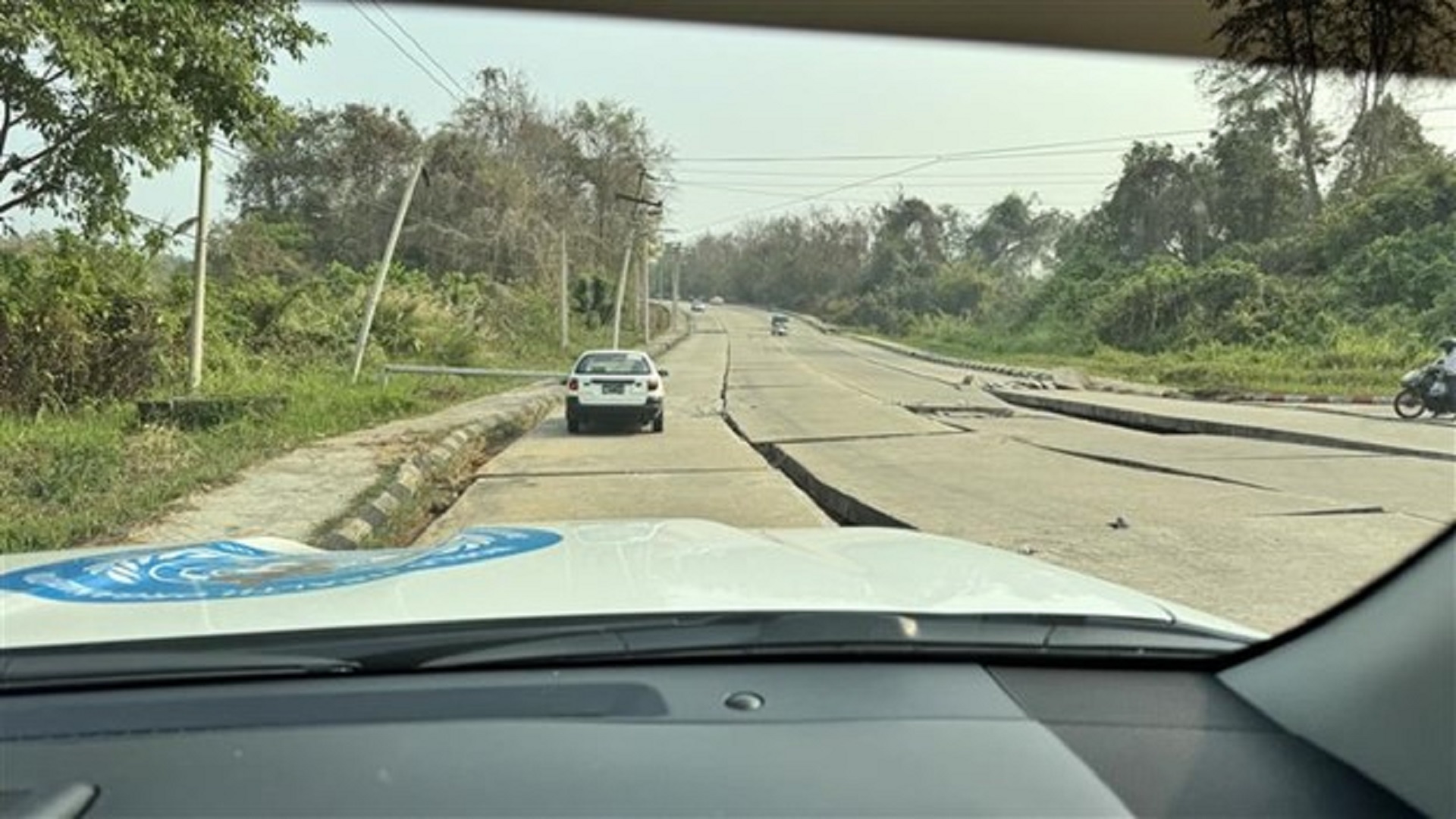
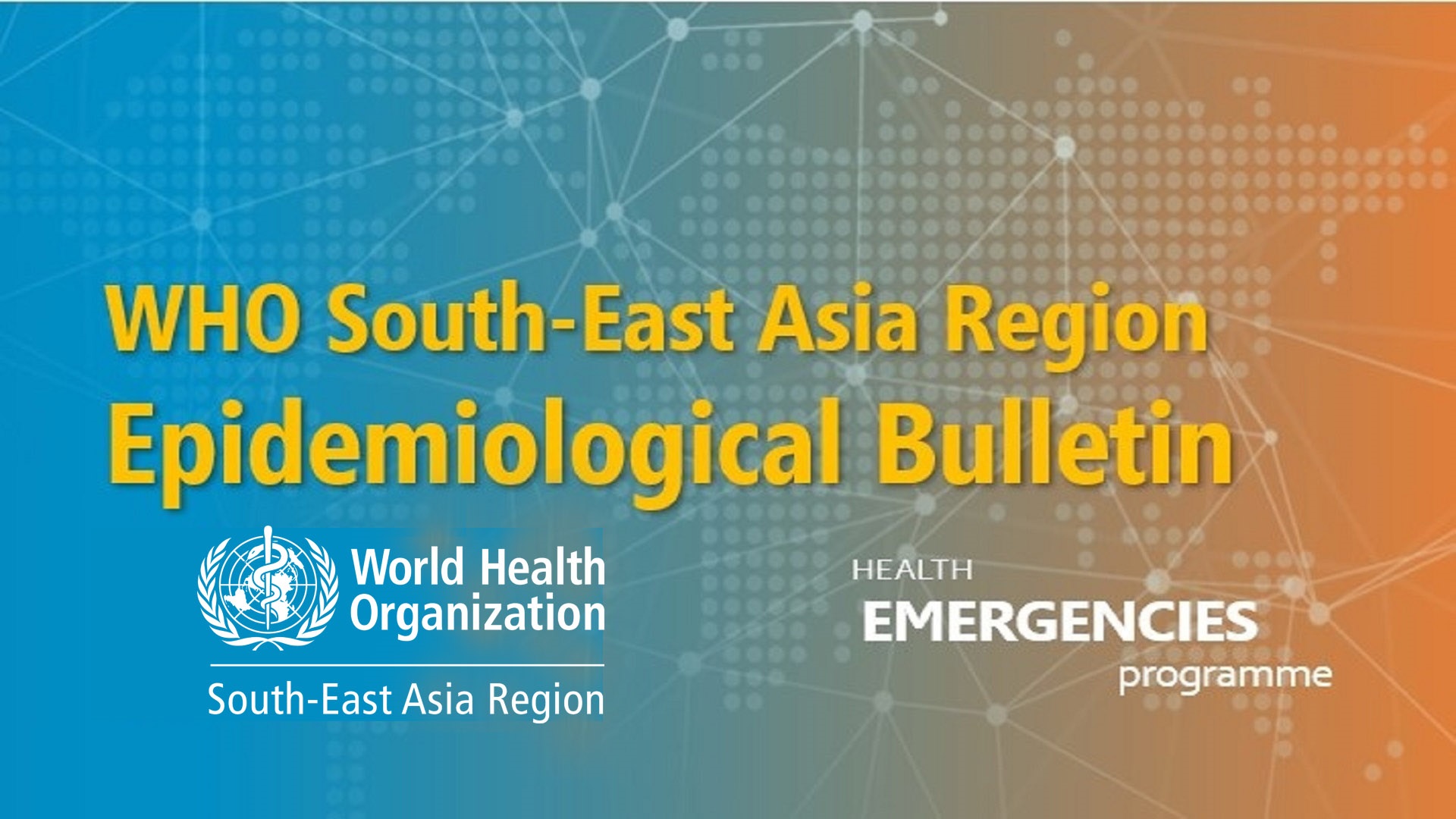
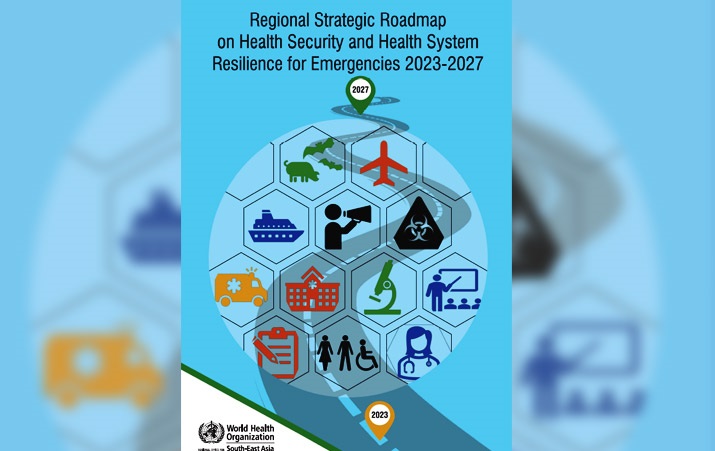
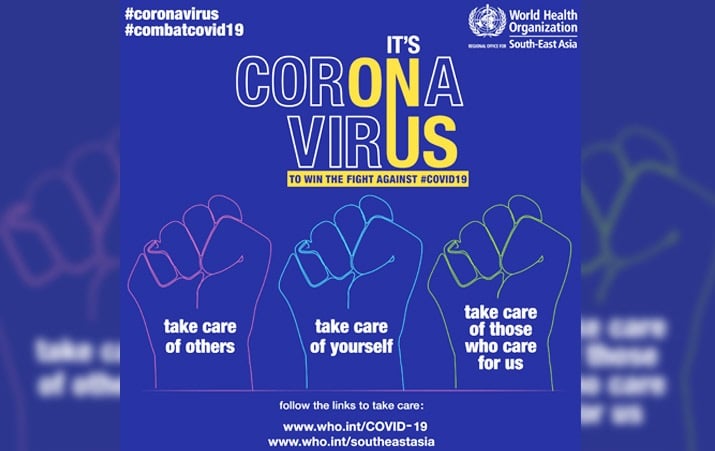
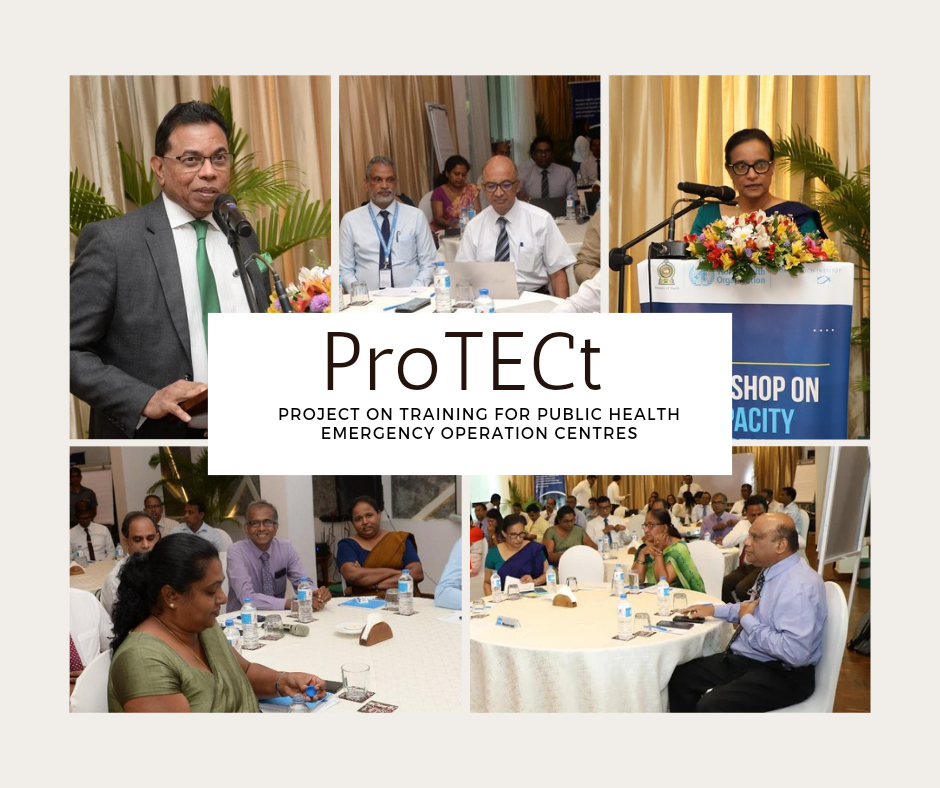


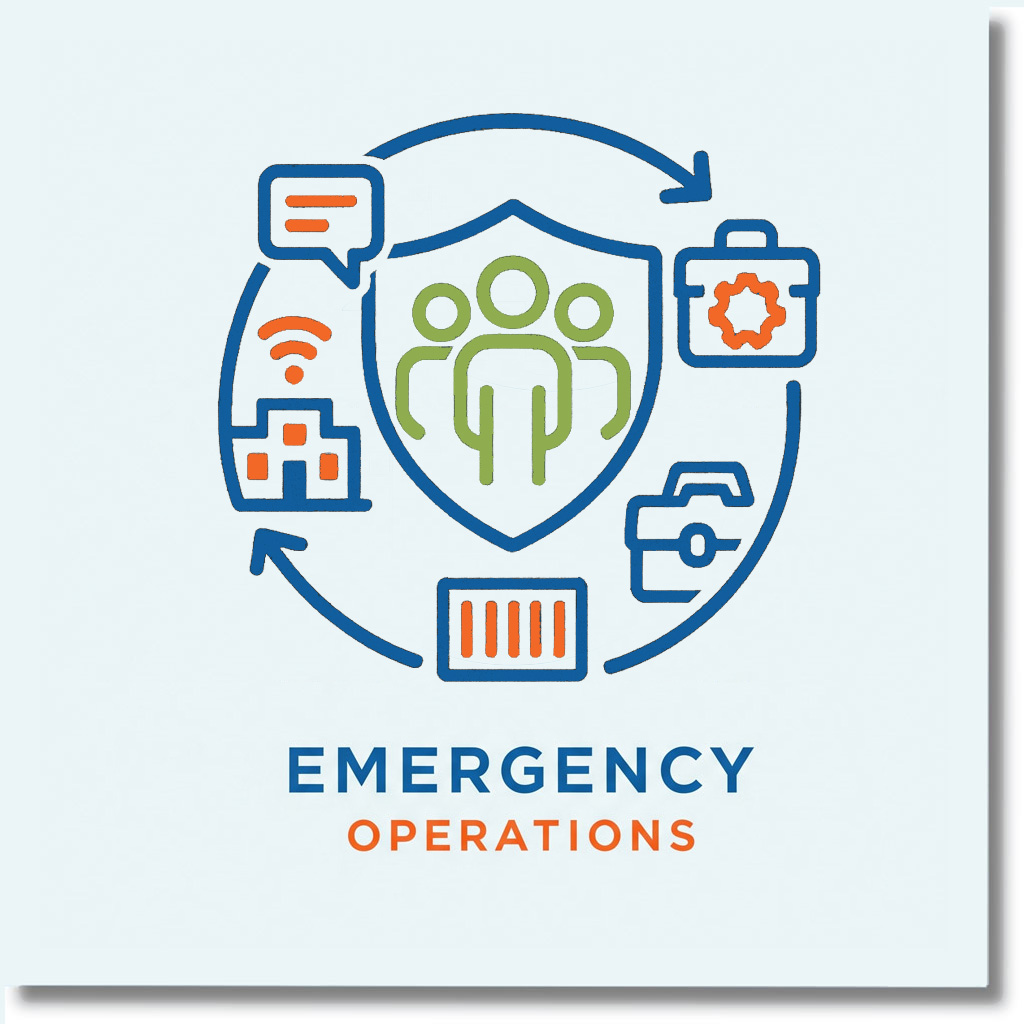
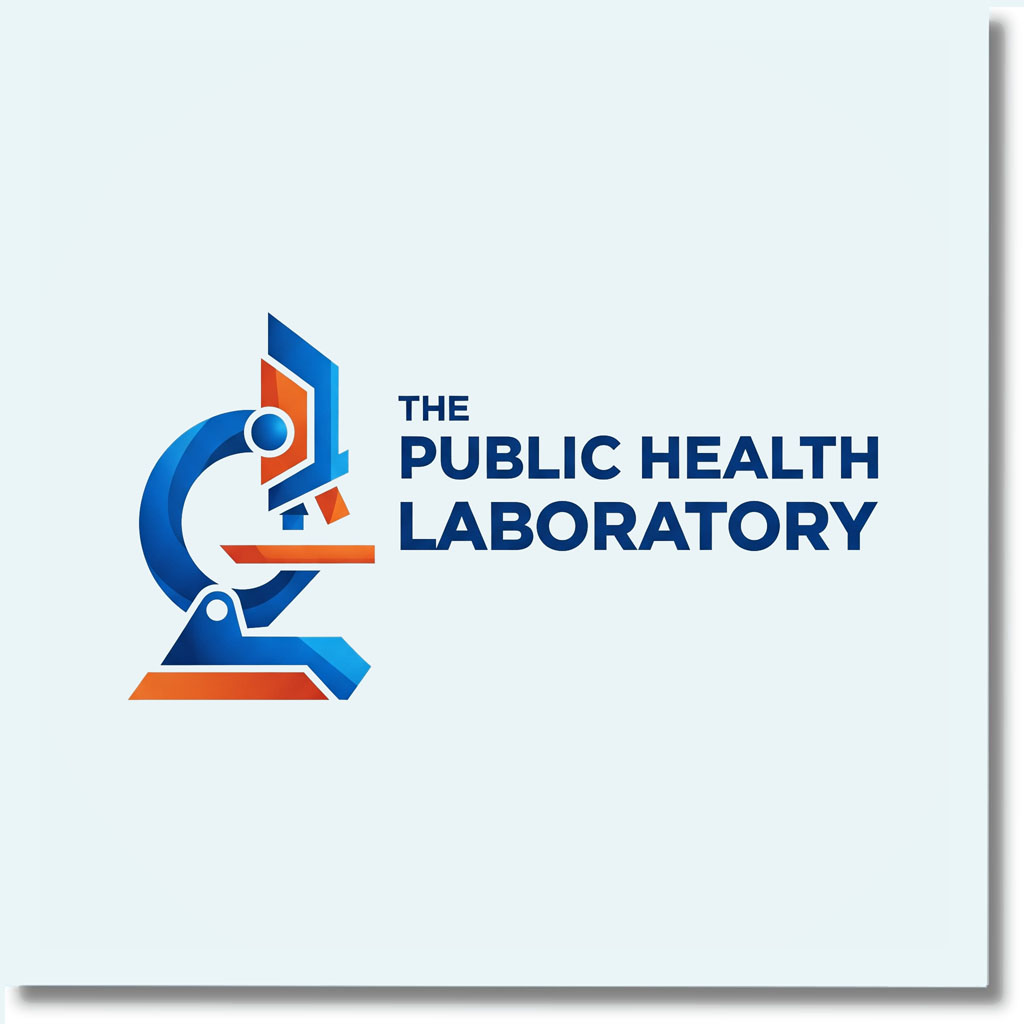
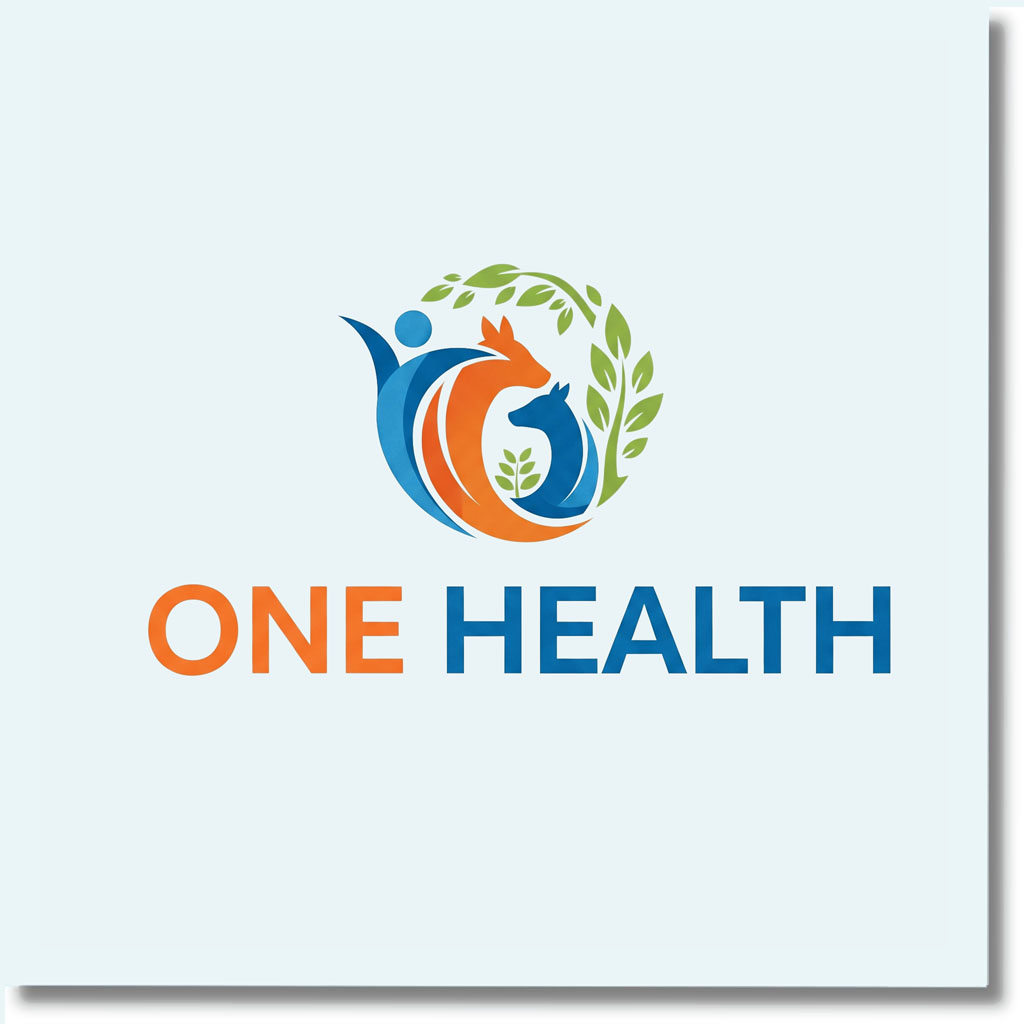
/featured/thumbnail---oic-video-speech.tmb-549v.jpeg?sfvrsn=dbf00072_1)
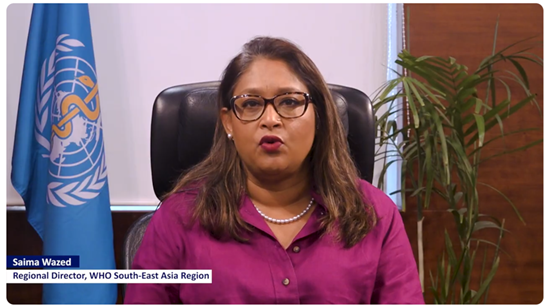
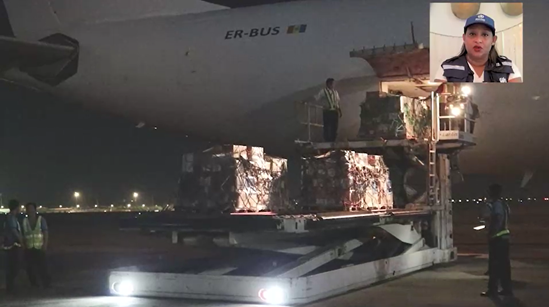
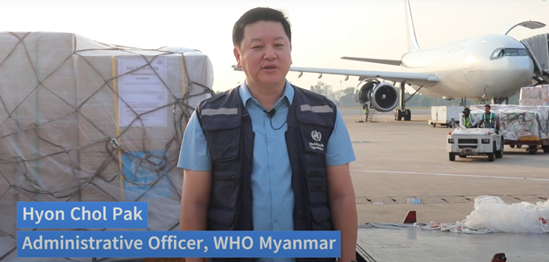

/featured/searo-x.png?sfvrsn=fa1d228c_4)